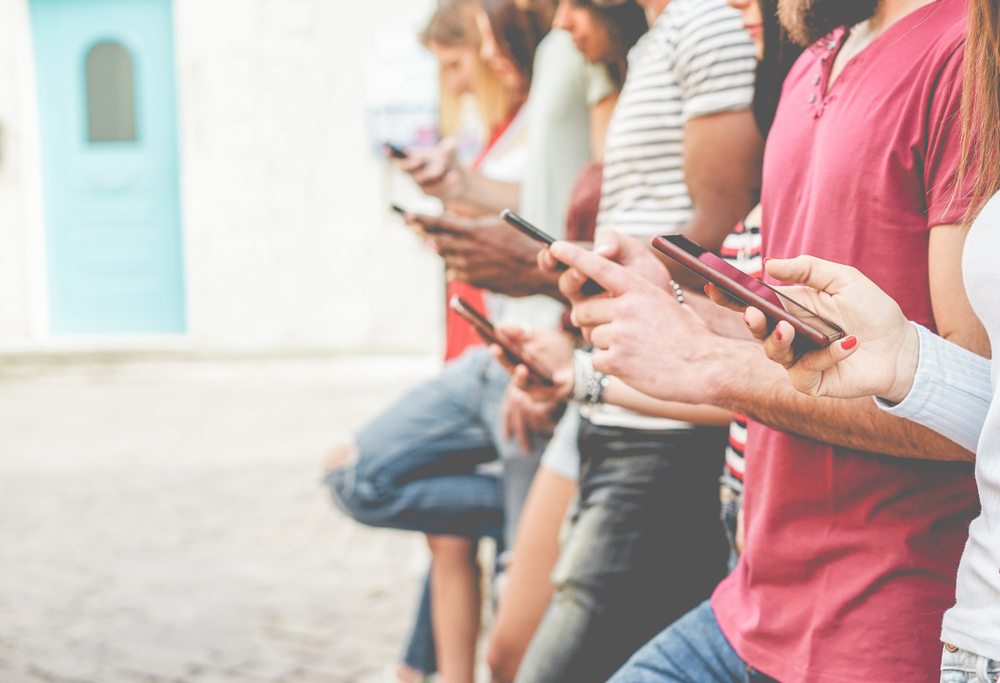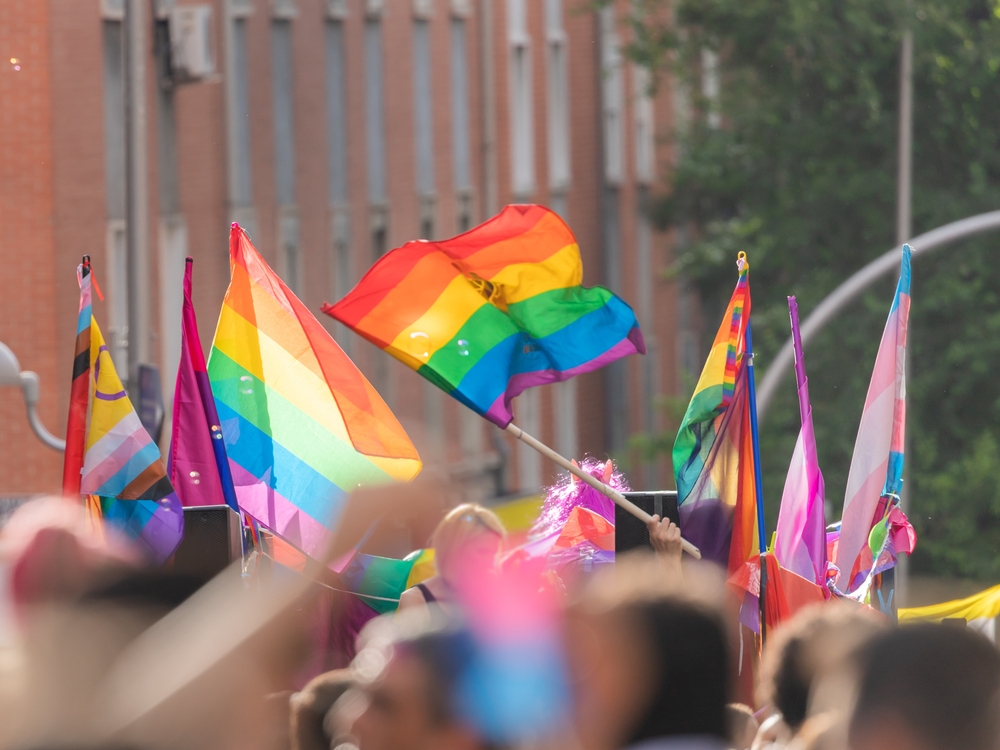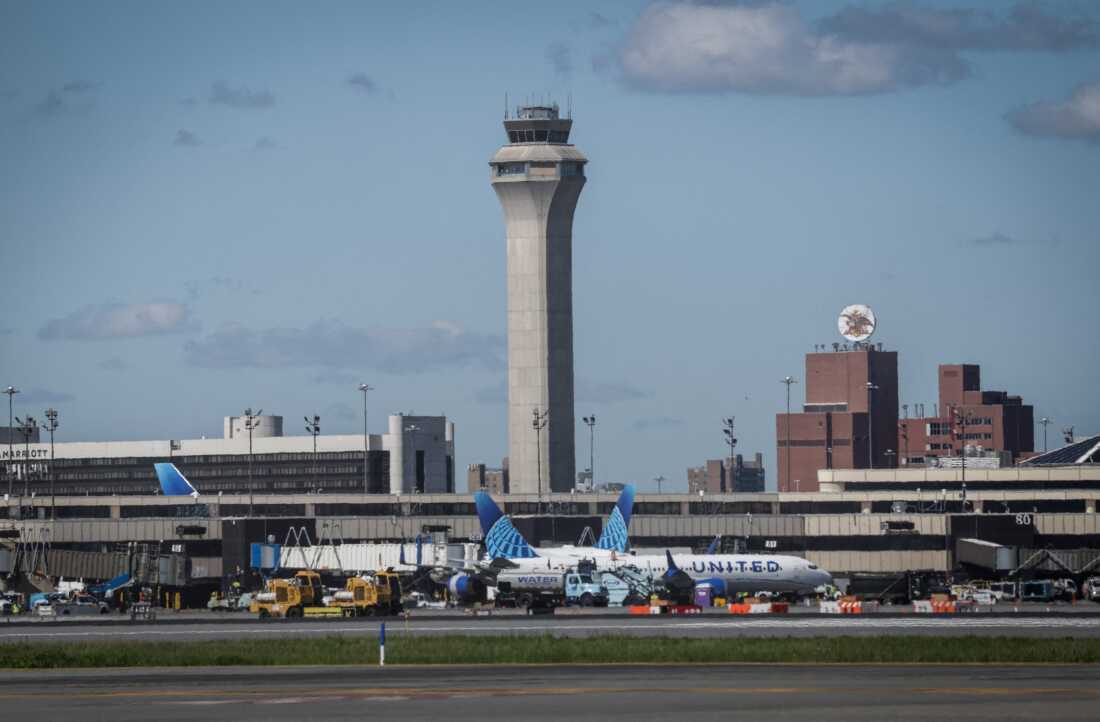Social media has become an ever increasing part of our lives. According to Statista, a digital database for statistics, 63.7% of people use social media worldwide, and 70% of all Americans use social media. Surveys show that more than 90% of teenagers use social media. With this information, it’s important to ask if there are any drawbacks.
In June 2024, former U.S. Surgeon General Dr. Vivek Murthy called for a surgeon general’s warning label on social media platforms, which would require an act of Congress to implement. The widespread availability of social media can lead young people to access extreme, inappropriate, and harmful content if proper guardrails are not placed.
As social media becomes more prominent, mental health becomes more of a concern, especially among young people. According to Pew Research, almost half of American teens report being cyberbullied. Excessive social media use has been linked to depression, anxiety, feelings of isolation, and other negative mental and physical health concerns such as body dysmorphia, which disproportionately affects women and girls.
At the same time, social media has allowed for instant communication between people.It has allowed people to learn and to make new connections. According to Yale Medicine, social media can serve as a creative outlet.
It can help young people know what’s going on in each other’s lives and can connect people with similar interests. However, widespread social media use can present significant drawbacks.
“We’re just at a point where you guys [students] are so accustomed to checking your phones that if it beeps, goes off, makes a noise, vibrates, you all just automatically look,” special education teacher Martha Barroqueiro said.
There have been reports of people using their phones during class hours, notifications for phones going off during class and students skipping classes to continue scrolling. “You can use social media to do work, but it is also distracting,” MHS student Wyatt Dnistrian said.
Hence, a new Montclair High policy requires all students to place their phones in cubbies or phone pockets to prevent use during school hours, and some students complain that the policy is invasive and unnecessary. Some even go as far as to say it might violate students’ freedoms.
“Students don’t have as many rights as other citizens. School administrators act as local parents, meaning that they have more room to make stricter rules,” Barroqueiro said. But Barroqueiro agrees there is a potential need for students to use their phones in certain cases. For example, students might need to use their phones if their computer batteries die or in the case of an emergency.
One thing is for certain: Students will find ways of circumventing the policy if they see it as unfit. Since social media has greatly impacted everyone’s life, the Office of the Surgeon General suggests parents speak with their children about proper usage early on. Parents could then grant more freedom as children mature and show more responsibility, Barroqueiro said.







